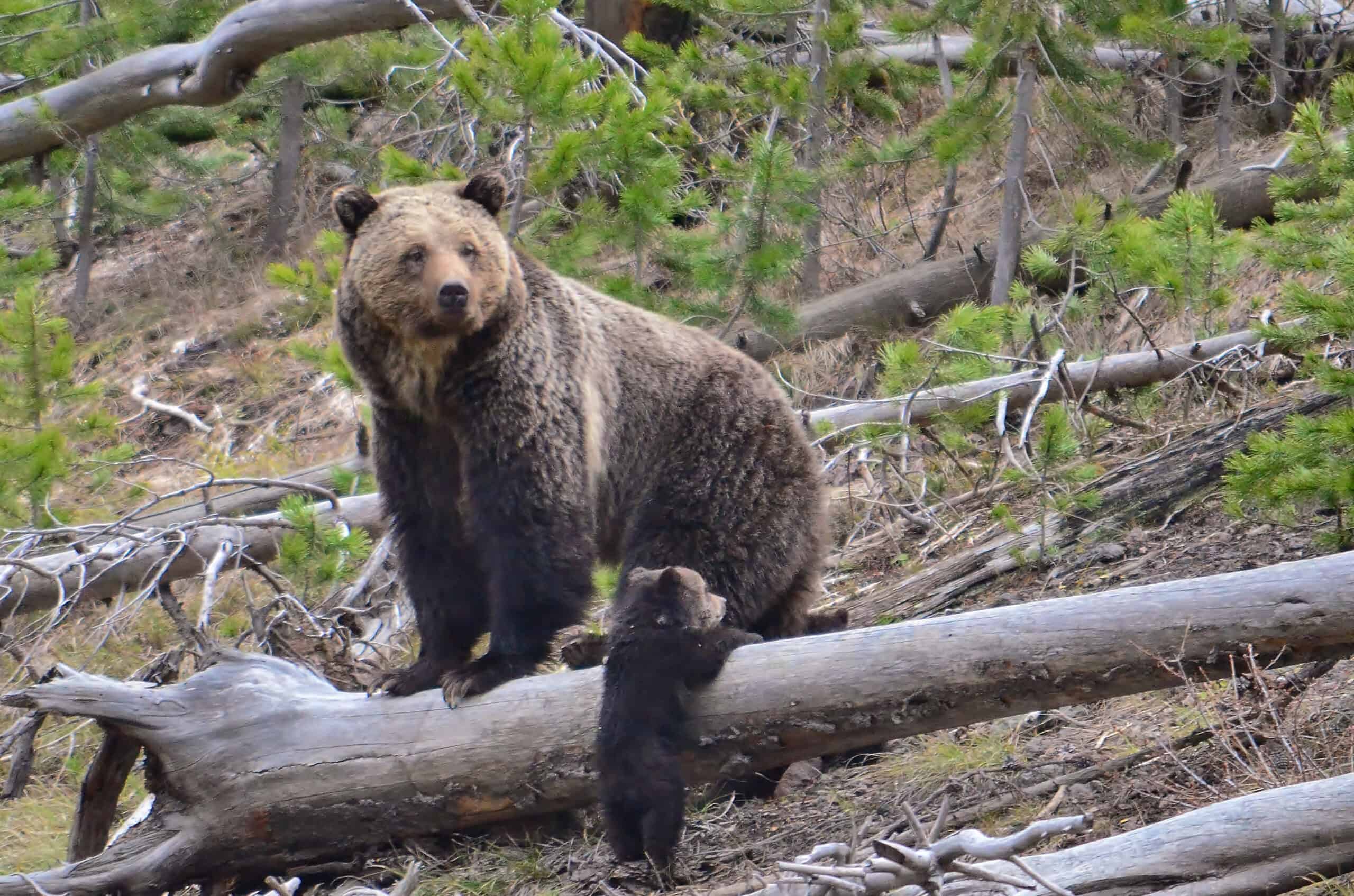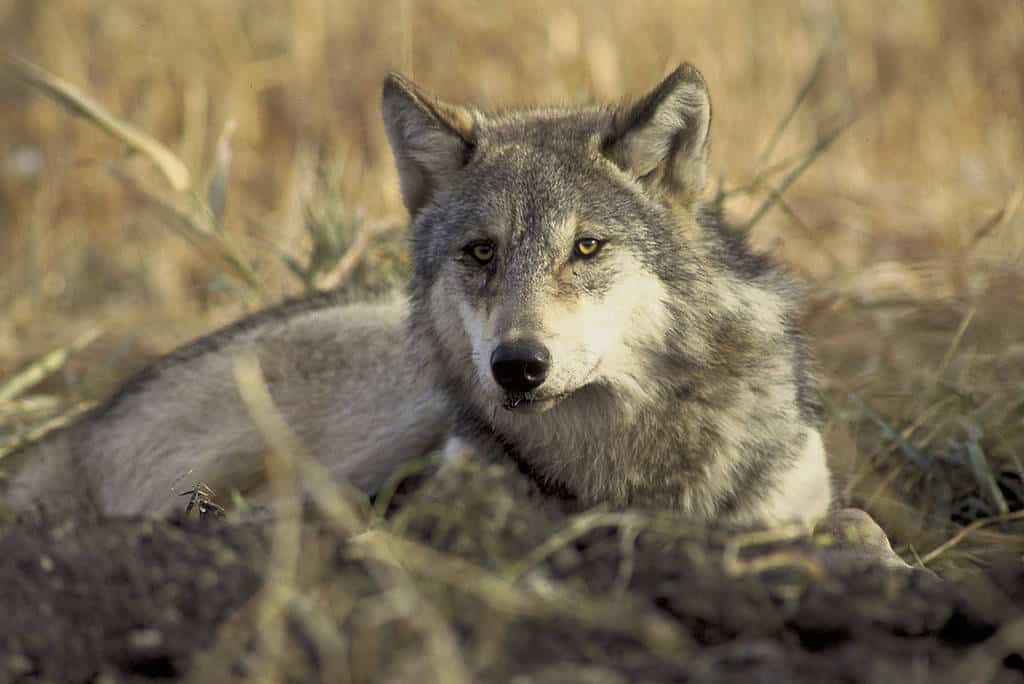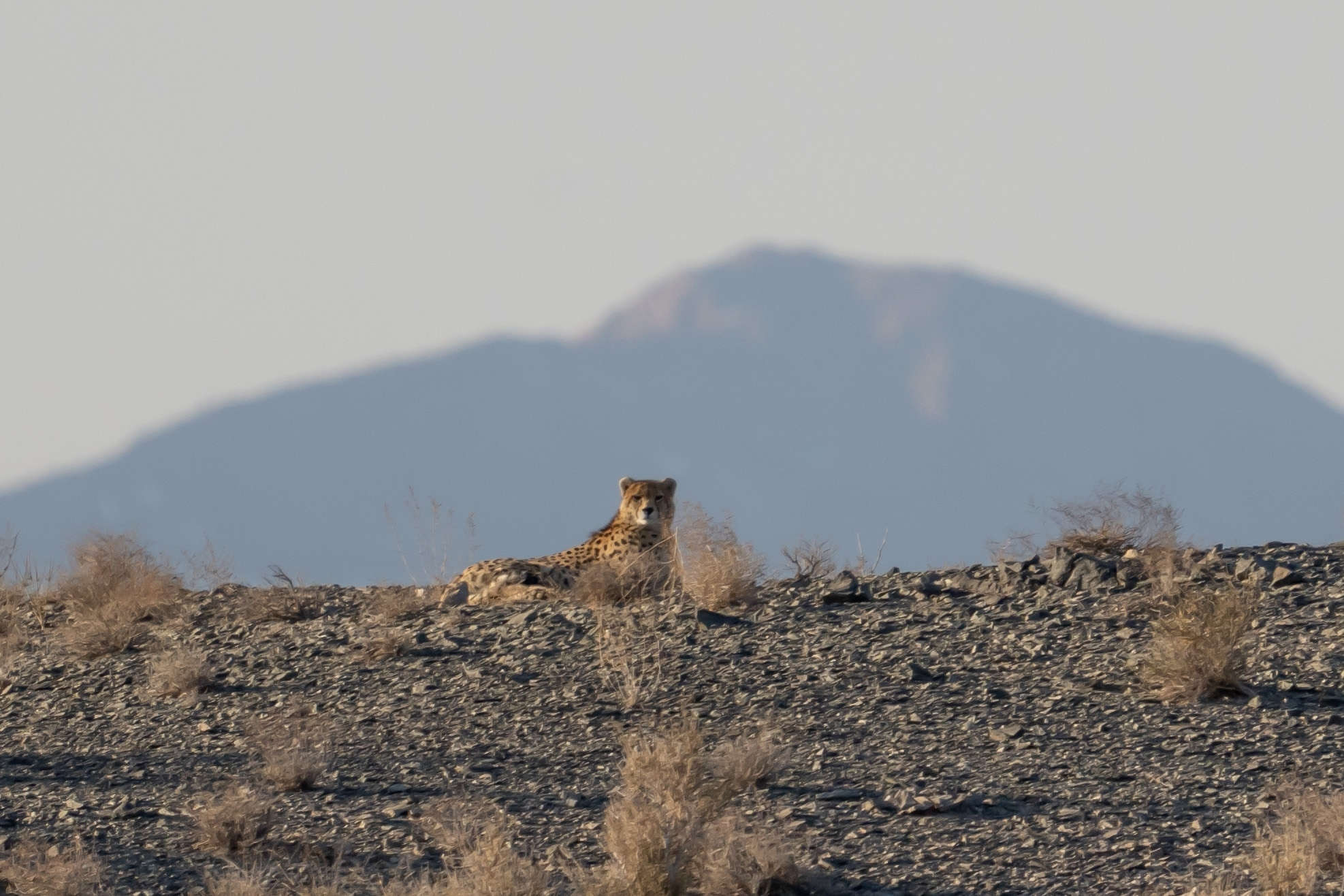Share this article
Q&A: A framework for ethics in wildlife management
In a society with competing views of wildlife, should managers be more explicit about the values at stake?
Wildlife management involves making ethical decisions every day, but it’s not a subject that garners a lot of attention. One group of professionals hopes to change that. After taking part in a workshop at Cornell University, several participants collaborated on a commentary published recently in the Journal of Wildlife Management describing a framework to integrate ethics into decision-making.
We spoke with TWS member Chris Smith, western field representative for the Wildlife Management Institute and lead author of the paper, about their proposal. His answers are edited for brevity and style.

Is ethics a topic that has been missing from conversations about wildlife management?
What we felt was missing was a way for ethical considerations to be explicitly surfaced and evaluated. Recognizing that the range of stakeholder views and values within society have been evolving, it’s incumbent on both wildlife managers—the trust managers—and the trustees to be more open and explicit about what those ethical trade-offs are.
Given those changing values, do you see addressing these ethical questions as growing in importance for wildlife professionals?
I certainly do. There’s an increasing concern about the underlying ethics in the way wildlife has been managed over the past century. Rather than leaving that debate to boil over every so often, we thought it would be helpful for the profession to have a process they could use to work through those issues and engage people, regardless of their individual ethical perspectives, in an open and honest debate.
Our goal wasn’t to advocate for one view or the other. It was to provide a means that all of the views could be brought to the table.
What you come up with reminds me of the NEPA process, but for ethics.
Exactly. That’s what we we’re recommending in terms of how you apply the framework. You would pull together a diverse group of folks, ideally with very different ethical perspectives, to evaluate a policy or proposed action and do the best that they can in terms of identifying what the ethical considerations are from various perspectives. They would put that out as a draft, take comment and then finalize it.
Also, as we tried to make clear in the paper, there are very different roles for the trust managers versus the role of the trustees—the elected and appointed officials who are the decision makers—who then have to weigh often competing ethical perspectives and make a decision for how to move forward.
Why did you feel like it was important to create a framework?
Most wildlife professionals are not trained in philosophy and ethics, but it’s an area that is critically important to wildlife management. Without some sort of framework, it’s very difficult to lay out the various issues and trade-offs that have to be made.
It seems like a big part of your approach is to create a more transparent process.
A couple of fundamental principles in what we believe to be appropriate governance of wildlife, or anything else for that matter, are transparency and inclusion. The more inclusive we can be in the decision-making process, and the more transparent we can be in the decision-making process, the better. Providing this framework and process is really designed to increase that transparency and inclusiveness.
So how do wildlife managers go about incorporating ethics when their constituents may have very different views about what’s ethical? For one group, fair chase is ethical. For another group, trophy hunting is unethical. For another group, all hunting is unethical.
That comes down to the distinction between a trust manager versus a trustee. Trust managers—the vast majority of wildlife professionals—need to recognize that there are different ethical perspectives among the public they serve. They have just as much obligation to incorporate the views of someone who grounds their ethics and philosophy in animal rights as they do someone who grounds their philosophy and ethics in the traditional, consumptive value system. They need to fairly incorporate those various perspectives into the decision support that they provide to the trustees. The role of trust managers is to gather that information and identify the associated trade-offs and the values of different alternatives.
It’s up to the decision makers to weigh that information and decide how to move forward. We hope to provide a means for the public to understand the basis of the decisions that the trustees make and give them a way to hold those trustees accountable.
You’re not suggesting that we apply this this to every wildlife management decision, right?
Right. Routine decisions aren’t likely to need an involved analysis. But for questions like, should we reinstate the hunting and trapping of wolves, or the hunting of grizzly bears, or contentious issues related to certain means of hunting or trapping, it may be helpful to make those ethical considerations explicit.
Header Image: Management decisions regarding controversial species, like grizzly bears (Ursus arctos horribilis), can trigger ethical debates. Credit: Frank van Manen/USGS








